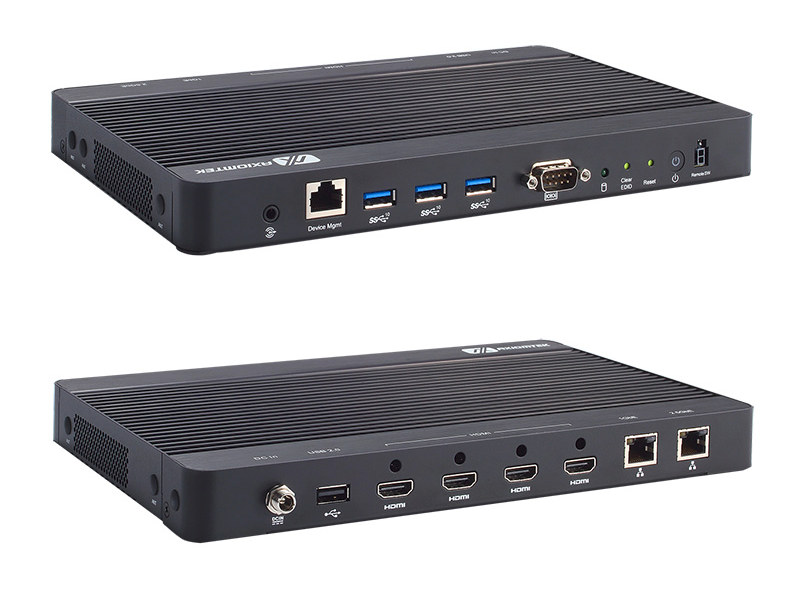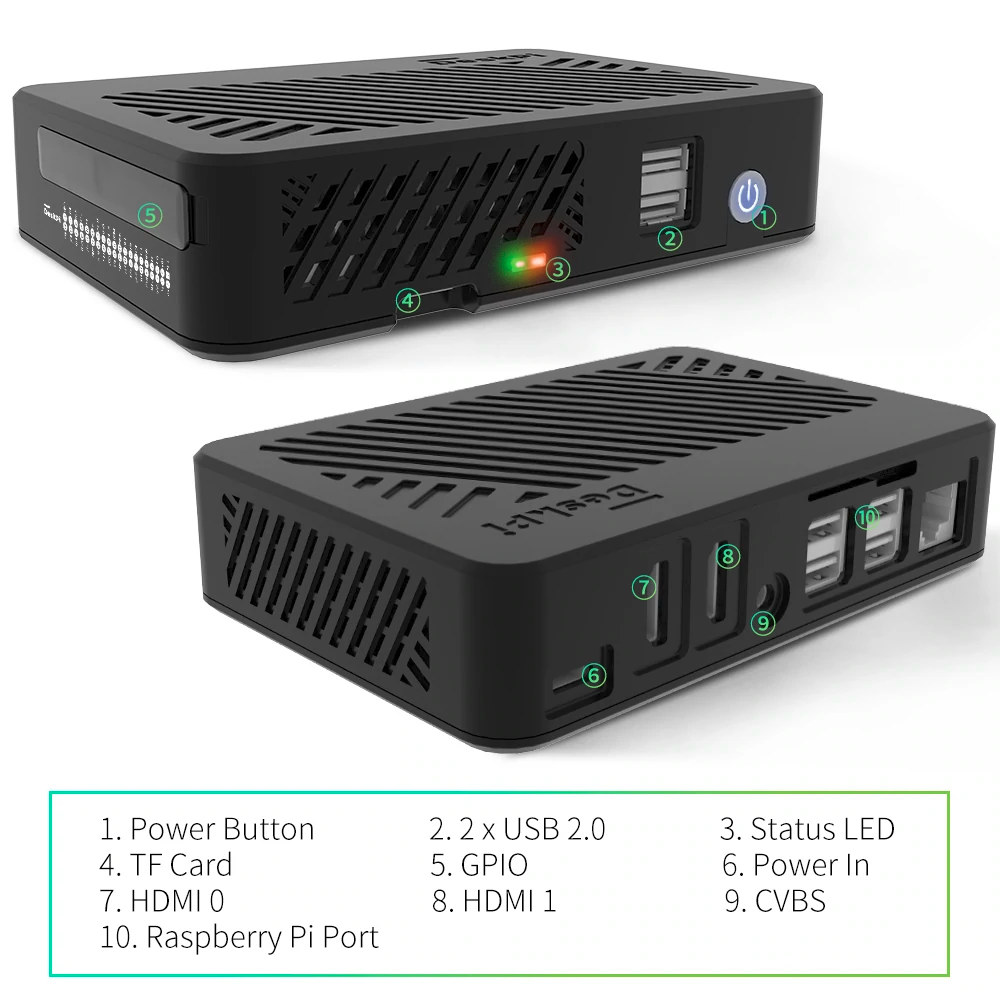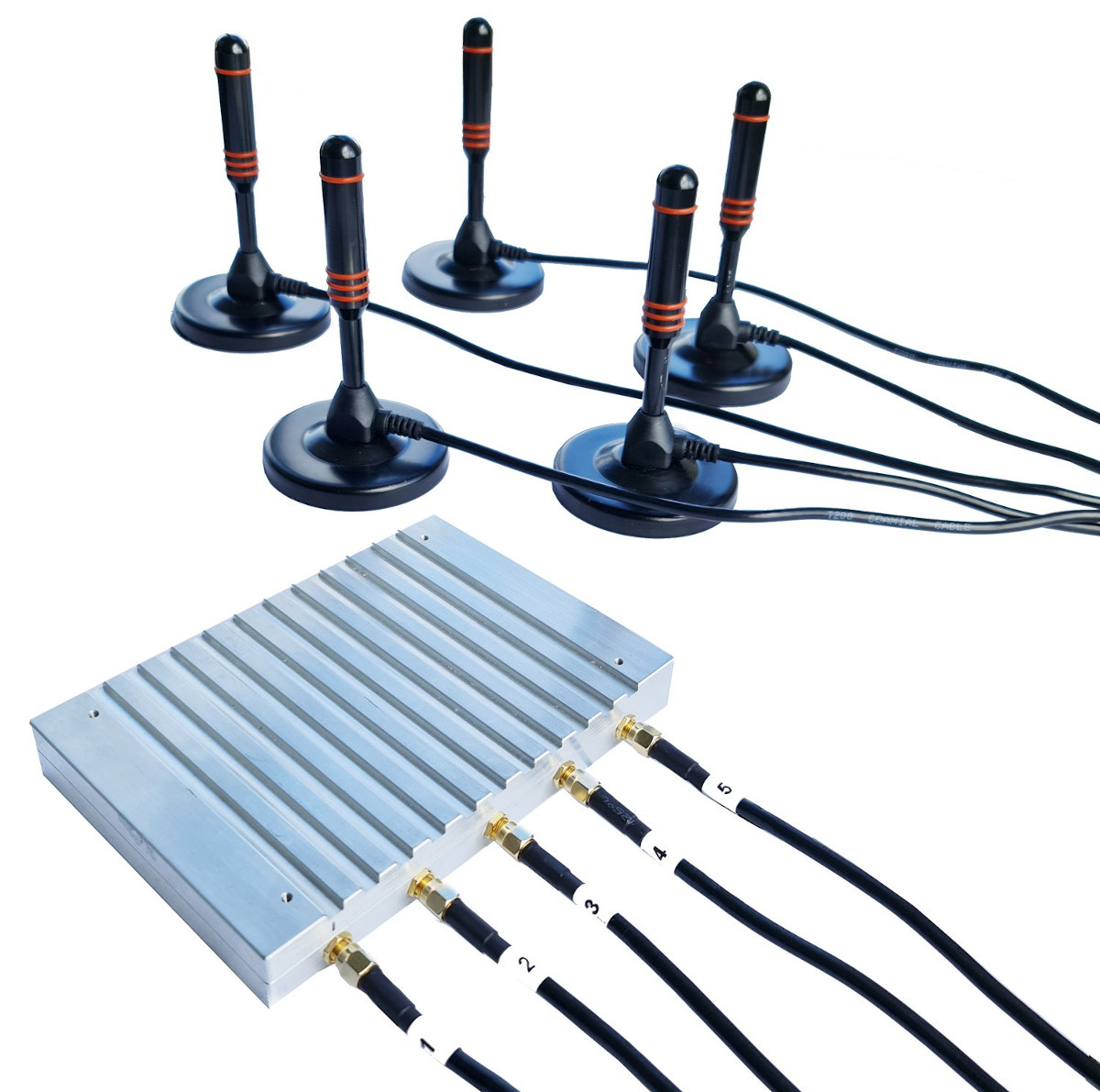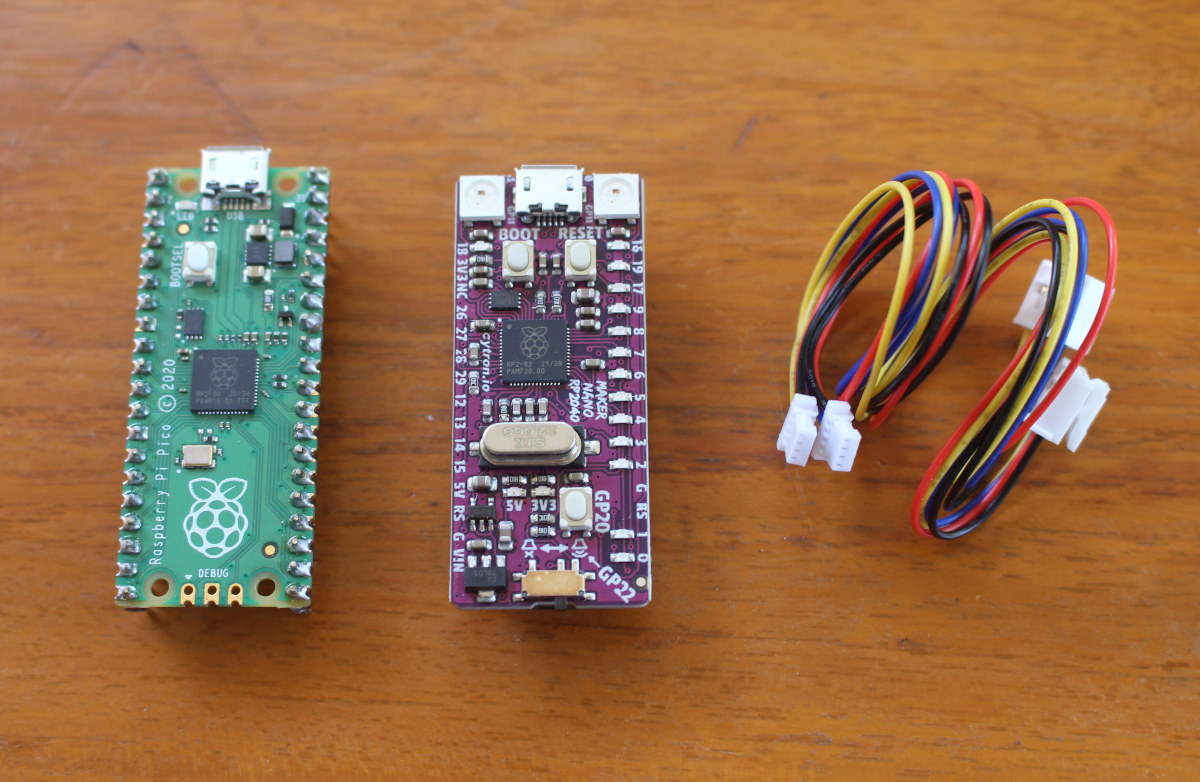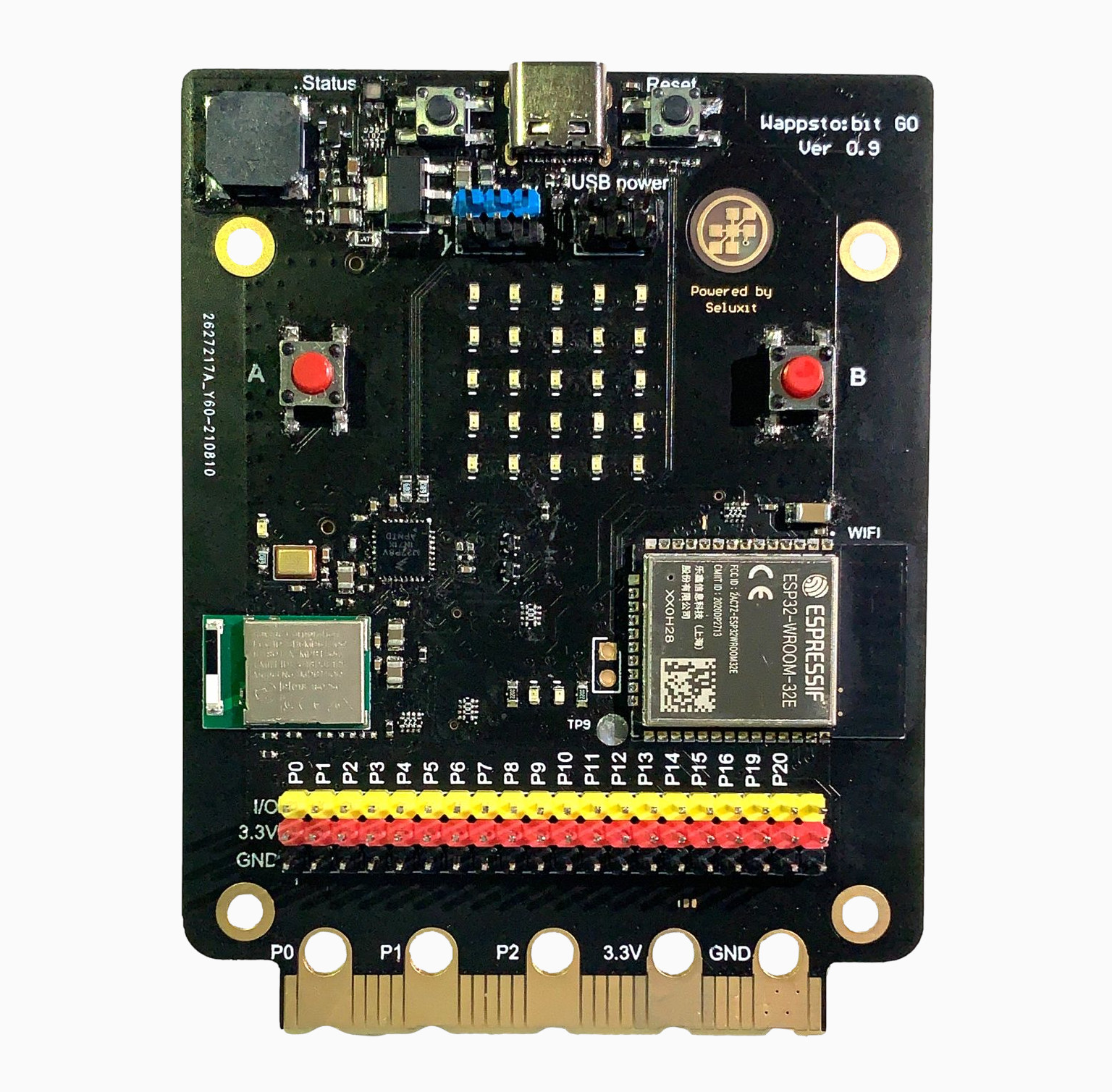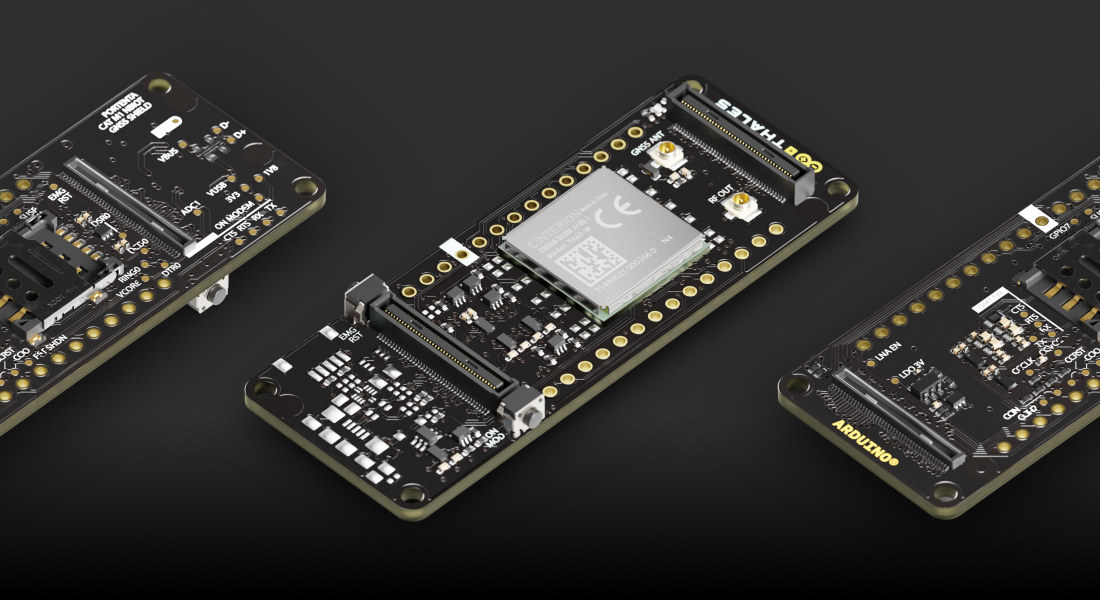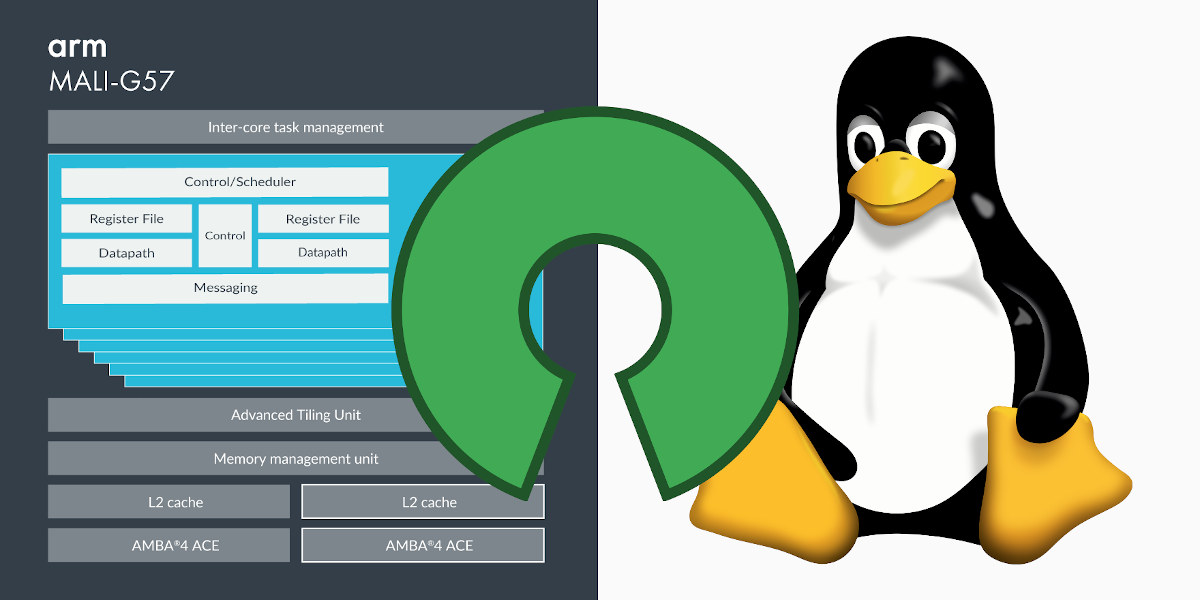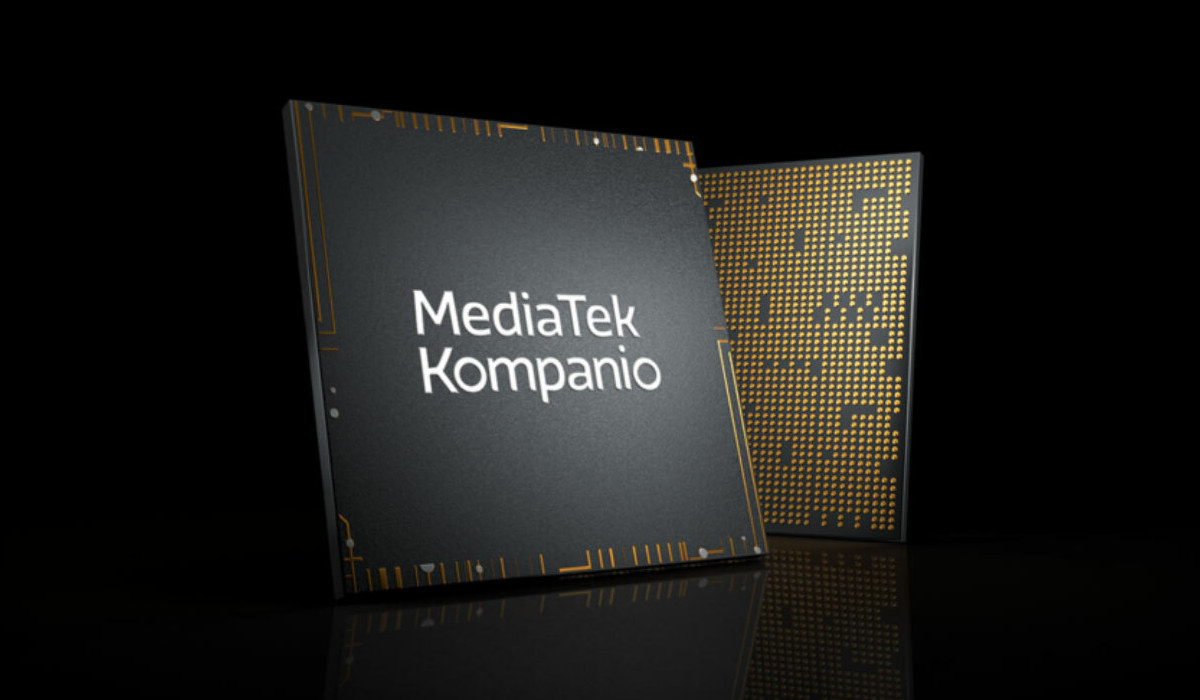Axiomtek DSP511 is a Tiger Lake UP3 based digital signage player with four 4K-capable HDMI 2.0 ports as well as a 2.5GbE port designed for smart retail applications such as interactive advertisement or AI precision marketing. The DSP511 supports up to 64GB RAM via two DDR4-3200 SO-DIMM sockets, M.2 SATA and NVMe storage, as well as wireless expansion with optional WiFi, Bluetooth, and or 5G/4G LTE cellular connectivity. Axiomtek DSP511 specifications: SoC – Intel Core i5/i3 or Celeron Tiger Lake UP3 processor with Intel Xe graphics System Memory – 2 x DDR4-3200 SO-DIMM, max. up to 64GB Storage – 1x M.2 Key M 2280 (SATA & NVMe) socket Video Output – 4x HDMI 2.0 ports Audio – 1x audio jack, digital audio via HDMI ports Networking 1x 2.5GbE LAN 1x Gigabit Ethernet LAN Optional WiFi and Bluetooth via M.2 Key E socket Optional 5G/4G LTE via M.2 Key B socket […]
DeskPi Lite – A Raspberry Pi 4 enclosure with full HDMI ports, two extra USB ports
In 2020, we wrote about the DeskPi Pro enclosure for Raspberry Pi 4 with 2.5-inch HDD/SSD bay, full-sized HDMI ports, and a PWM fansink as an alternative to the popular Argon One case that also brings all ports to a single side and improves cable management. The company informed us of a new low-cost model, the DeskPi Lite, with a more compact design since it lacks the 2.5-inch SATA bay, and two extra USB ports at the front which may be convenient to connect USB flash drives or anything that may be temporarily connected to your Raspberry Pi 4. DeskPi Lite features: All main ports on the rear panel: USB Type-C power input 2x full-size HDMI ports AV port (CVBS + stereo audio) 2x USB 3.0, 2x USB 2.0, and Gigabit Ethernet ports directly from the Raspberry Pi 4 SBC Font panel ports/features: 2x USB 2.0 ports 2s status LEDs […]
KrakenSDR is a 5-channel software-defined radio based on RTL-SDR
KrakenRF KrakenSDR is a software-defined radio (SDR) with five coherently-operated receive channels that’s basically the equivalent of five cheap RTL-SDR USB dongles based on the R820T2 chip with a single board housed in a metal enclosure equipped with five custom antennas. KrakenSDR operates in the usual 24 MHz to 1766 MHz tuning range and connects over USB to the host system, preferably a Raspberry Pi4 as the open-source Core DAQ and DSP software is designed for the popular single board computer. There’s also an Android for location finding that is free to use for non-commercial applications. KrakenSDR specifications: Five-channel, coherent-capable RTL-SDR (5x R820T2 tuners + RTL2832U ADCs), all clocked to a single local oscillator, ESD protection 5x SMA Antenna inputs Tuning Range – 24 MHz to 1766 MHz standard R820T2 RTL-SDR range and possibly higher with hacked drivers Built-in automatic coherence synchronization hardware Automatic coherence synchronization and management via provided […]
Maker Nano RP2040 offers Arduino Nano, Grove and Qwiic modules compatibility
Cytron Maker Nano RP2040 is board similar to Raspberry Pi Pico but with Arduino Nano form factor, a proper reset button, two RGB LEDs, single color LEDs for some GPIOs, a buzzer, as well as two Qwicc/STEMMA QT connectors that can also be used to connect Seeed Studio Grove modules using provided conversion cables. While the board mostly aims to be an Arduino Nano/Maker Nano upgrade, there are some notable differences with the I/O voltage being limited to 3.3V without 5V tolerance, and there are only four ADC inputs (A0 – A3) instead of eight on the Arduino Nano. Maker Nano RP2040 specifications: MCU – Raspberry Pi RP2040 dual-core Arm Cortex-M0+ microcontroller @ 125 MHz with 264KB internal RAM Storage – 2MB flash Audio – Piezo buzzer with mute switch Expansion 2x 15-pin headers with 22x GPIOs, 14x of which with LEDs,2x I2C, 2x UART, 2x SPI, 14x PWM, 4x […]
Wappsto:bit GO – An ESP32 board with plenty of sensors, Micro:bit compatibility (Crowdfunding)
Wappsto:bit GO is an ESP32 board compatible with BBC Micro:bit accessories thanks to a compatible edge connector, but adding WiFi to Bluetooth LE, and offering some extras compared to Elecrow Mbits ESP32-based BBC Micro:bit clone. The new board is notably equipped with a wider range of sensors including a light sensor, a magnetometer, and sound sensor beside the temperature sensor and accelerometer present in the original board, and it also exposes GPIO through a more traditional 2.54-pitch header to facilitate the integration of a wider variety of add-on boards. Wappsto:bit GO specifications: Wireless modules ESP32-WROOM-32E module with ESP32 dual-core microcontroller, 4MB flash, 2.4 GHz WiFi and Bluetooth LE connectivity, built-in PCB antenna Raytac MDBT50Q-512K Bluetooth 5.2 module based on nRF52833 with 512KB Flash MCU – NXP Kinetis KL2 Arm Cortex-M0+ microcontroller (MKL27Z256VFM4 ) with 256KB Flash (for USB port handling) Display – 25 LED matrix Sensors Temperature sensor, Light sensor […]
Arduino Portenta gets an LTE Cat. M1/NB IoT GNSS shield
Arduino PRO Portenta family of industrial boards is getting a new LTE Cat. M1/NB-IoT GNSS shield that adds global connectivity and positioning capabilities through the Cinterion TX62-W LPWAN IoT module by Thales. The shield works with the Portenta H7 board as well as its lower-cost variants and Arduino MKR boards and will power industry 4.0 and edge computing solutions such as positioning, asset tracking, and remote monitoring applications at the factory, in agriculture, public utilities, and smart cities. Portenta CatM1 shield specifications: Cinterion TX62-W module with: 3GPP Rel.14 Cat.M1, Cat.NB1, Cat.NB2 Global coverage with a single SKU FDD-LTE Bands – 1, 2, 3, 4, 5, 8, 12, 13, 18, 19, 20, 25, 26, 27, 28, 66, 71, 85 LTE Cat. M1 – DL: max. 300 kbps, UL: max. 1.1 Mbps LTE Cat. NB1 – DL: max. 27 kbps, UL: max. 63 kbps LTE Cat. NB2 – DL: max. 124 kbps, […]
Speeding up open-source GPU driver development with unit tests, drm-shim, and code reuse
Getting an Arm platform that works with mainline Linux may take several years as the work is often done by third parties, and the silicon vendor has its own Linux tree. That means in many cases, the software is ready when the platform is obsolete or soon will be. It would be nice to start software development before the hardware is ready. It may seem like a crazy idea, but that’s what the team at Collabora has done to add support for Arm “Valhall” GPUs (Mali-G57, Mali-G78) to the Panfrost open-source GPU driver. The result is that it only took the team a few days to successfully pass tests using data structures prepared by their Mesa driver and shaders compiled by their Valhall compiler after receiving the actual hardware thanks to the work done in the last six months. So how did they achieve this feat exactly? We have to […]
MediaTek Kompanio 1380 Cortex-A78/55 processor is designed for premium Chromebooks
MediaTek Kompanio 1380 is a 6nm octa-core Cortex-A78/A55 processor clocked at up to 3.0 GHz designed for premium Chromebooks such as the new Acer Chromebook Spin 513 (CP513-2H), which will compete against the company’s Snapdragon 7c based Chromebook Spin 513 (CP513-1H). The processor supports LPDDR4x memory, UFS and eMMC storage, up to three displays, for example, the main display plus two external HDMI displays, WiFI 6/6E, and offers high-performance interfaces such as PCIe Gen 3 and USB 3.2 Gen 1. MediaTek Kompanio 1380 (MT8195T) processor specifications: Octa-core CPU 4x Arm Cortex-A78 cores @ up to 3.0 GHz 4x Arm Cortex-A55 cores @ up to 2.0 GHz GPU – Arm Mali-G57 MC5 AI accelerator – MediaTek APU 3.0 up to 4 TOPS VPU Video Playback – 4K HDR H.264, H.265 / HEVC, VP9, AV1 Video Encoding – 4K HDR H.264, H.265 / HEVC Memory – LPDDR4x @ 2133 MHz Storage – […]


